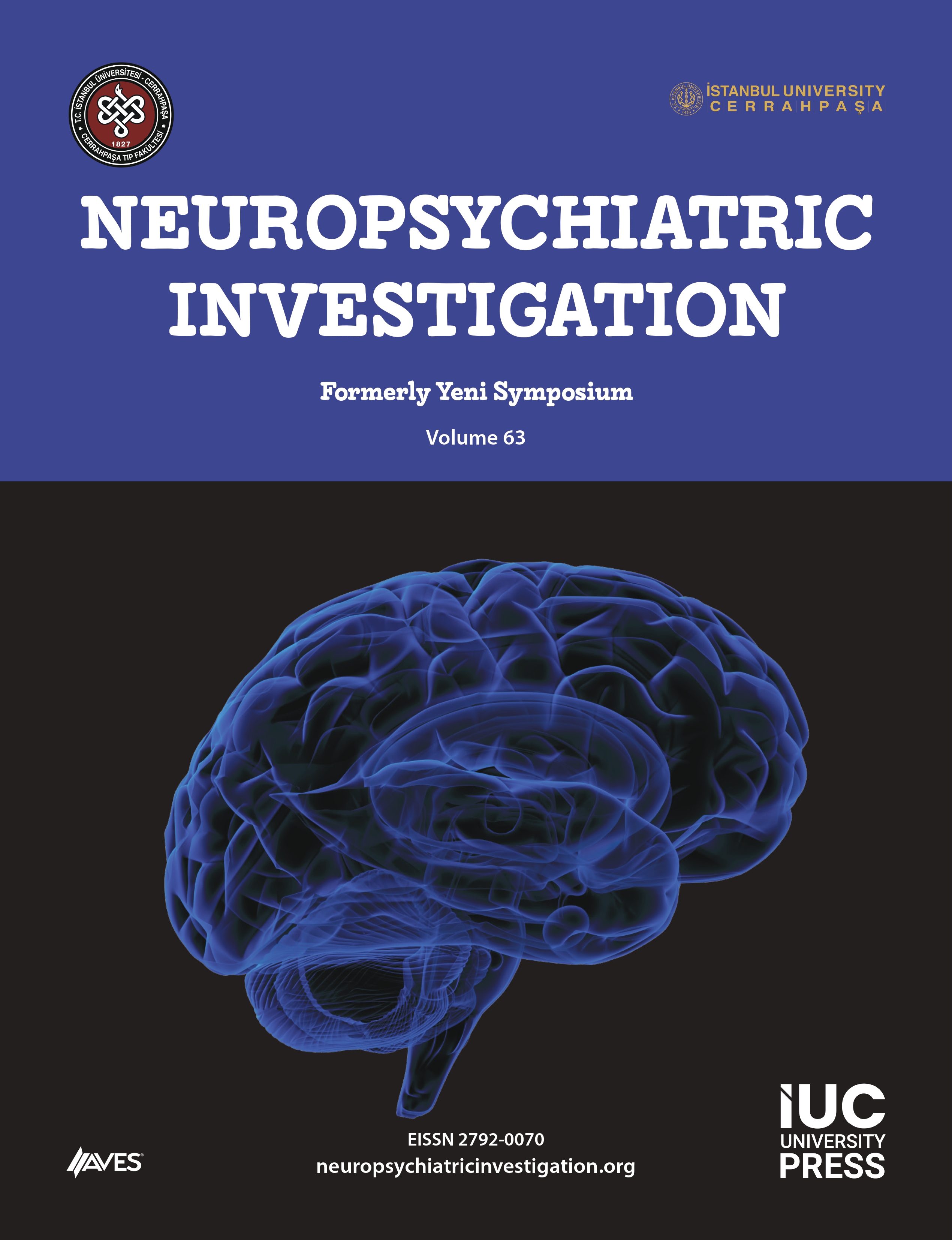Objective: In his study, sex and age-related differences of happiness, sadness and anger expression styles were examined.
Method: 841 participants aged 18-50 evaluated their happiness, sadness and anger expressions. The data were collected via the Emotion Expression Styles Inventory and Personal Information Form and analyzed with 2 (gender: female, male) X 2 (age: 18-24 years, 25-50 years) factors analysis of variance (MANOVA).
Results: Females’ “self-focused” and “other-focused expression” of happiness are significantly higher than men. Partici-pants between the ages of 25 and 50 have higher “other-focused expression” than the 18-24 age group. Females’ “facial” and “verbal” expressions of sadness are significantly higher than men. Males’ “aggressive expression” of sadness scores are higher than women. The “aggressive expression” of sadness in 18-24 age group was higher than 25-50 age group. Females’ both “facial expression” and “verbal expression” of anger are significantly higher than men. Males reported hig-her “aggressive expression” and “cool expression” of anger than females. Participants in 18-24 age group had higher “agg-ressive expression”, “facial expression” and “retaliation” of anger scores than those in 25-50 age group. Moreover, the interaction effect of gender and age is statistically significant for anger. In the 18-24 age group, women had higher “verbal expression” scores of anger than men.
Conclusion: The results showed that happiness, sadness and anger expression styles were differed according to age and gender, and results were discussed within the scope of relevant literature.




.png)